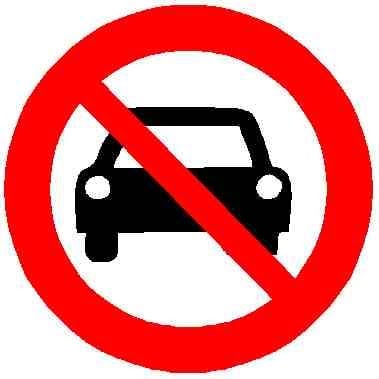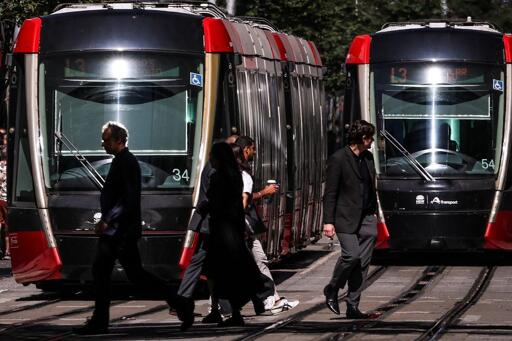I’ve been to Montpellier in France, where residents never have to pay for public transport, and it’s amazing and beautiful how full the trams and buses are all the time. The weird thing is that it benefits the remaining car drivers a lot: if the people in public transportation had to drive around in cars, traffic would come to a complete standstill.
Also counterintuitive: while free public transportation sounds like it might attract the poorest, it does the opposite and reaches into the middle class. The poor never had any other option, but for the middle class it became the better option. Which I think is important, because the middle class has a lot more in common with the lower class, but media prevents one from seeing the other.
Free public transportation should be a thing everywhere. And where do you make up the lost revenue? Parking and toll roads.
Getting more people to use public or active transportation saves money for municipalities vs. spending it on new car infrastructure and upkeep.
The savings might even be so significant you won’t even have to find a way to replace the lost revenue.
Eventually, you won’t.
But if you’re fleshing out the active transportation network adding more capacity to public transportation, you’ll need money from somewhere.
It’s so doable, yet spending millions on “one more lane” seems to always be the default, as if that’s the best (or only) option. 🤷♂️
Charging a small amount – such as 50 Australian cents in Queensland – was a good way to ensure that public transport attracts only passengers who need to travel, he added.
I don’t understand. What does this mean? Are they afraid of homeless people or something?
I’ve only been to Australia once but I believe “cost of living” is spelled/pronounced “cozzie livs” there.
Bit of a misleading title, considering the majority of the article deals with Brisbane’s 50 cent (i.e., very cheap, but not free) fares, and other examples include “free only on Friday” (i.e., the day work from home is most popular) and “free only for children”. Still, the system rolled out in Queensland is an extremely welcome one. Everyone benefits from it. No complications around “do you qualify, do you have proof of qualification” or needing to plan your trips around limited locations or times the cheap fare applies. Just a blanket, easily-affordable option.
Some context that people might find interesting. The trial was begun about 2 months before an election, in a desperate attempt to win back votes from the centrist party who was flailing in the polls with a right-wing party about to win. It didn’t work, but the trial was so successful and popular, the right-wing party had no choice but to keep it. A delicious turnaround from the last time the right-wing party was in power in Queensland (2013–2016), when they rolled out a system that required you to carry three different cards with you to get the student discount on the extremely expensive public transport. Your Go Card as proof of payment. Your student ID to prove you were a student. And your “Tertiary Transport Concession Card” or TTCC to…further prove that you’re a student, I guess? Universities were forced to create systems to verify students when applying for a TTCC. To this day I genuinely have no idea what purpose the TTCC was supposed to fulfil other than to increase the rate at which they could fine students.



